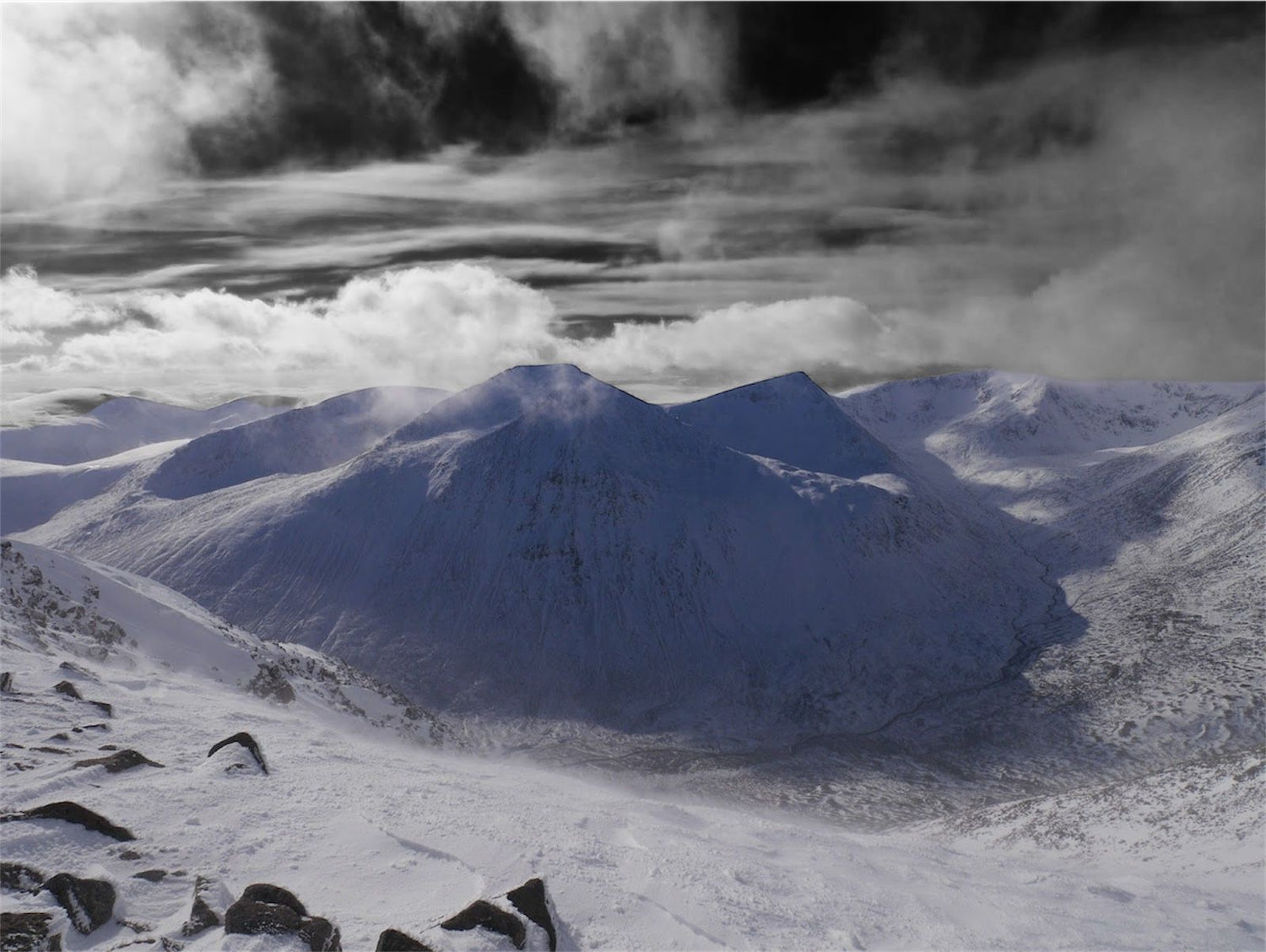Understanding Base Layers.
When embarking on outdoor adventures like hiking and mountaineering, wearing the right gear is crucial to ensure comfort, performance, and safety. One of the most important components of outdoor clothing is the base layer. These are the garments worn closest to your skin, and their role is to regulate body temperature, manage moisture, and keep you comfortable in various conditions.
A good base layer is essential because it manages sweat and moisture. As you hike or climb, your body generates heat and sweat. If moisture is trapped against your skin, it can lead to discomfort, irritation, and, in cold conditions, even hypothermia. A quality base layer wicks sweat away from your body and allows it to evaporate, keeping you dry and warm when it’s cold, and cool when it’s warm. Base layers also provide a degree of insulation. While they aren’t designed to be your primary source of warmth, they form the first step in a layering system that includes mid-layers and outer shells for protection in extreme environments.
When it comes to fabrics, merino wool is one of the most popular natural options. It’s prized for its ability to regulate temperature and resist odours. Merino wool is soft, non-itchy, and provides excellent insulation even when wet. It’s also highly breathable, making it a top choice for both cold and mild conditions. Another common option is synthetic fabrics, such as polyester or nylon. These are designed for quick moisture-wicking and drying. Synthetic materials are durable and often less expensive than merino wool, making them ideal for high-intensity activities where fast evaporation of sweat is essential. However, they tend to trap odours more quickly than wool.
Lastly, silk is sometimes used for base layers. It’s lightweight and comfortable, but offers minimal insulation and is less effective at moisture management compared to synthetic fabrics and merino wool.
When choosing the right base layer, it’s important to consider the environment and your level of activity. For intense activities like mountaineering, synthetic fabrics may provide better moisture control, while merino wool is versatile and comfortable across varied conditions. A well-chosen base layer is the foundation for effective outdoor gear, keeping you comfortable, dry, and protected in nature’s harshest environments.
Explore Without Limits!






